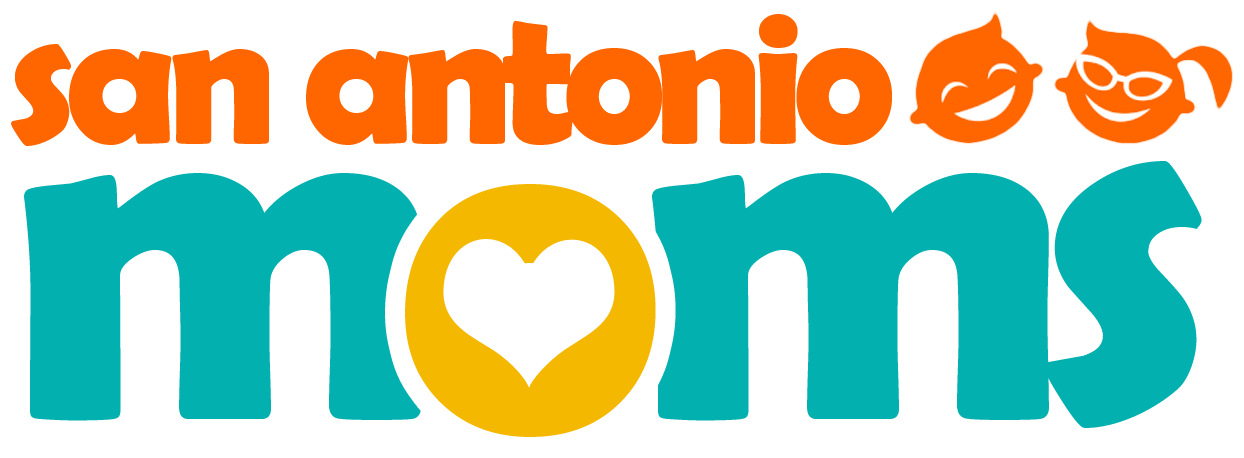The preschool years are some of the most important years in your child’s life. The preschooler is developing at such a rapid pace, emotionally, socially, and educationally. A good preschool program will cater to each of these needs and provide a nurturing, child-directed learning environment.
Clean and Inviting Physical Environment
Table of Contents
A preschooler’s surroundings can have a huge impact on their behavior. A good preschool arrangement should be clean and inviting. Ideally, space will be divided into centers to encourage play. Posters, labels, signs, and other materials should provide a print-rich environment for preschoolers. Young children are slowly becoming aware that words and symbols stand for something else. The more they are exposed to print material the easier it will be for them to learn important pre-reading skills. Each child should have some space that is their own, no matter how small it is. A small cubby to store their personal items and projects helps children to feel a part of the group.
Curriculum
Children learn through play. Experience must be fun and exciting for them in order for it to be of any value. A quality preschool curriculum should focus more on the experience of the child and less on having projects finished to take home and hang on the fridge. Art activities should be open-ended, giving the preschooler the freedom to express themselves and experiment with different art materials. Science and math should be hands-on. A preschool that constantly uses worksheets as part of their lesson plans is not providing the children in their care with a quality learning experience. Preschool children are not developmentally ready for worksheets or lecture-like teaching. They will not gain as much from filling out an alphabet worksheet as they would be from making letters out of play-dough or writing them in sidewalk chalk.
It is important for parents to understand that a preschooler is learning so much more than they have to show in take-home projects. They should have opened ended art projects to show or science project that they personally participated in. A project that come home looking picture perfect most likely were not done entirely by the preschooler and show the skills of the teacher rather than the child.
Respecting your Childs Preferences
Different children do better in different environments. Just because you have found a wonderful preschool program does not mean your child will thrive. They have to feel comfortable with the teacher, the other preschoolers, and the location in order to truly learn. An anxious preschooler will only learn fear and the educational experience will do more harm than good. Take your child to your top preschool choices and observe their behavior. Pay attention to their body language. Your child may be shy at first. This is normal behavior for a preschooler. If they are hesitant, watch to see if they allow the teacher or other children to comfort them. Try and step back and let your preschooler explore the setting independently. A child-friendly set up will encourage your preschooler to pick up toys and join other children in play.
Recognizing a Great Teacher
The single most important element to your preschooler’s education experience is their teacher. A quality and caring preschool teacher can be surprisingly hard to find. Visit the class unannounced at different times throughout the day. Busy times of the day can leave a teacher frazzled and short with the children. Everyone has bad days but you want to be sure that the teacher is able to competently handle the preschoolers in their care despite personal moods or unexpected chaos. The children currently in care can be a great guide to the abilities of the teacher. If the preschoolers are generally happy when you make your visits, are affectionate towards the teacher, and appear to be actively involved in play or activities you can be fairly certain that the teacher will provide your child with the environment that you are looking for.
